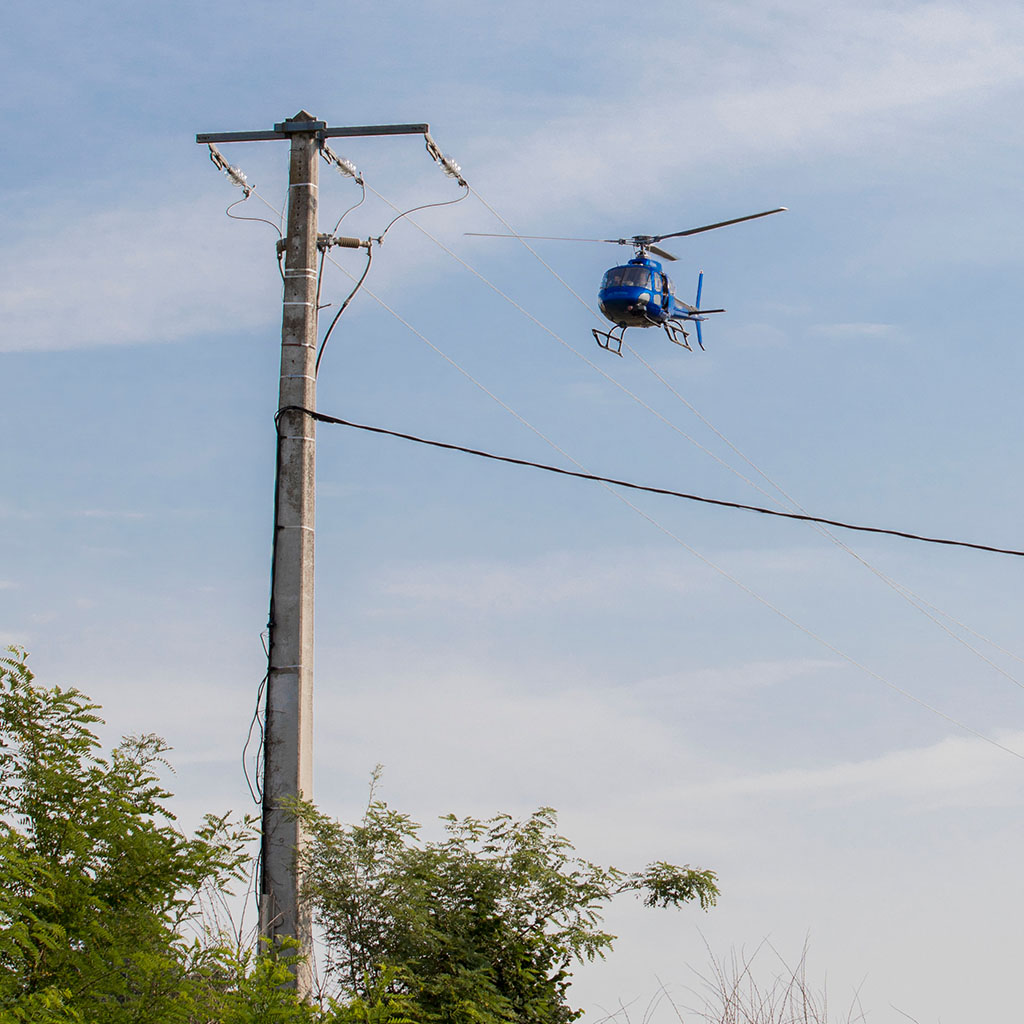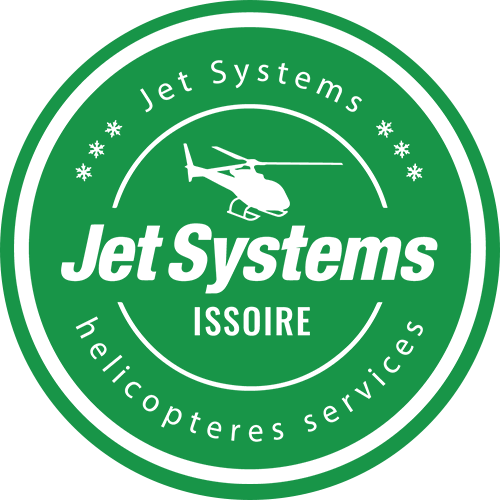NETWORK MONITORING
CONTROL IS CARRIED OUT IN FULL AUTONOMY BY HELIVOLCAN
VISIT OF TURNKEY NETWORKS
HTA and HTB NETWORK VISIT – The classic visit
A team composed of a pilot, a navigator and, if necessary, a technical observer goes through the networks and notes possible anomalies.
The type of faults that can be detected on HV or EHV lines are, for example
- Untwisting
- Broken insulators
- Foreign bodies such as
- nests
- Worn eyelets
- Vegetation near the conductors…
Wear of an eyelet
Vegetation near a network
The report of the visit includes an Excel file containing the list of anomalies, the GPS coordinates of the defect as well as its photo, and a file allowing to
geo-referencing on a satellite image.

LIDAR also provides a 3D representation of the environment of the line and gives the distance to buildings or water bodies.
This technology can be used to perform topographic analysis.
Several options can be added to the order of a LIDAR survey:
These are geo-referenced vertical images. They can be delivered for the whole project after elaboration. They can be delivered in shape file format (.shp) with a guaranteed positioning accuracy of 50 cm. Delivery of non-conforming distances (collisions) with objects other than vegetation. These distances are automatically and systematically detected by the algorithms in charge of the analysis and according to the distances defined by the customer’s specifications.
Delivery of all the images of the visited network. The system allows the acquisition of images at a high rate (4-5 images/sec) on several optical sensors in HD definition. Within the framework of the project, as it is initially defined we will deliver only the images of the technical anomalies.
Need more information for your NETWORK MONITORING ?
Key Account Manager Renaud GENET
Contact

